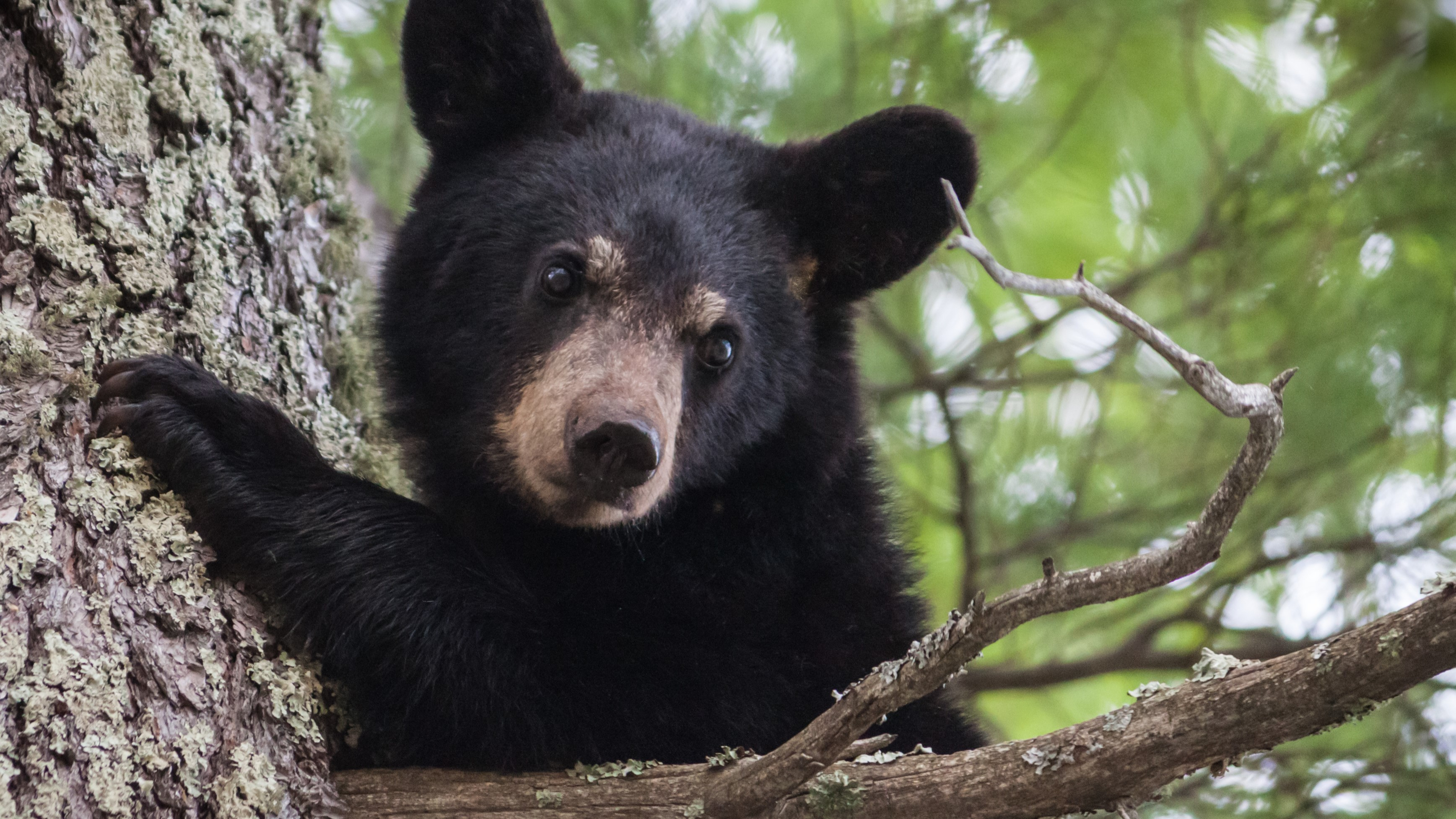
At least 12 visitors have been caught crowding around a black bear cub to take photos at Yellowstone National Park, ignoring advice not to approach wildlife for their own safety, and that of the animals. In a video shared on infamous Instagram account TouronsOfYellowstone, people can be seen milling around the small animal, with some turning their backs to take selfies, despite the fact that its mother might be nearby.
The account, which posted the video this week, calls out examples of bad behavior at sites of natural beauty throughout the US. Other incidents have included a man jumping out at bears while making gorilla noises, a woman trying to pet a bison while taking selfies, and a man dabbling his fingers in a thermal pool.
Yellowstone is home to both black bears and grizzly bears, both of which can be any color from blond to black. Black bears are generally less aggressive, though females can be very defensive of their cubs during the spring, and are rarely far away.
Bear attacks on humans are rare, but they do happen. Last year, a woman was fatally mauled by a grizzly bear just outside Yellowstone while exploring alone. In April 2021 a backcountry guide was mauled to death by a grizzly while fishing on the border of Yellowstone, and three months later a person was killed by a grizzly at a campground in western Montana.
Safety in bear country
The National Park Service (NPS) warns visitors that all wild animals are unpredictable, and it's important to check the specific guidance for the park you intend to visit before heading out.
Wildlife is always best appreciated from the safety of a vehicle. Rules vary between parks, but generally speaking you should stay at least 25 yards away from animals like elk and bison, and 100 yards from predators like bears and wolves.
You should also take care not to disturb wildlife by approaching, touching, feeding, or otherwise interacting with animals. Doing so puts both you and the animal at risk, can spread disease, and increases the odds of a dangerous close encounter in future.
For more advice, see our guides what to do if you meet a bear and wildlife safety: eight tips for unexpected encounters.







